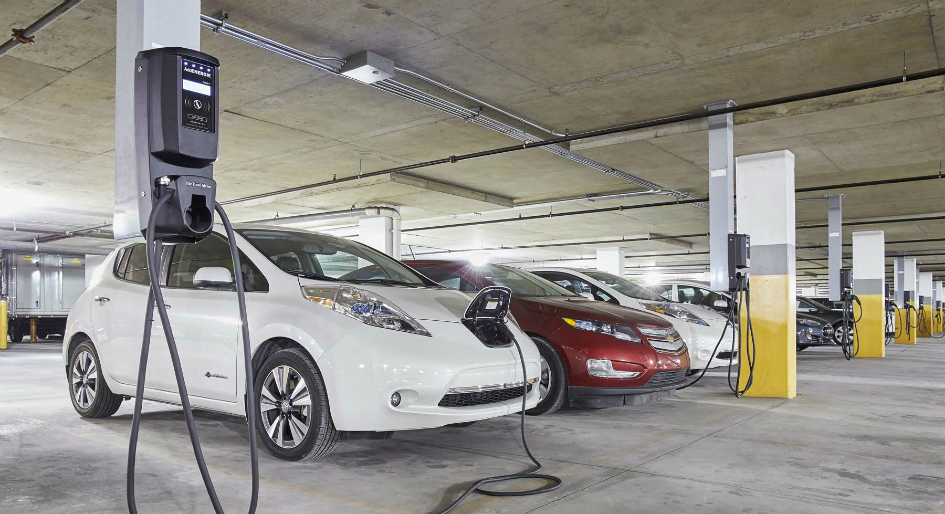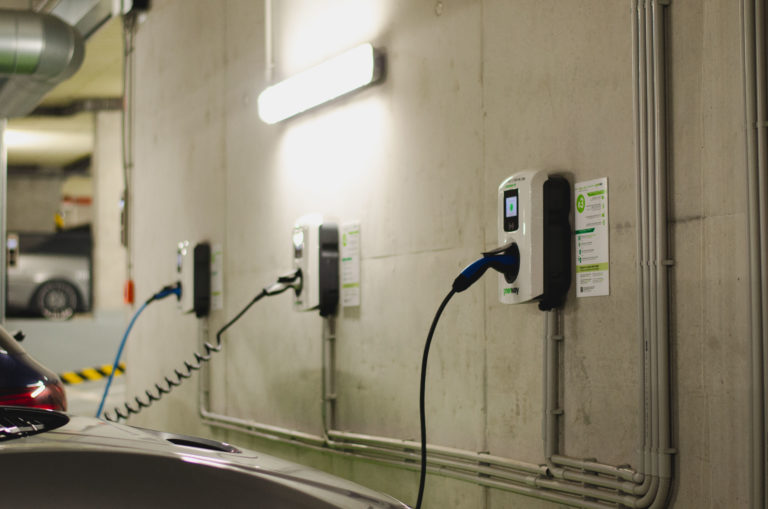EV Charging Station Building in Residential Community
Current status of the EV Charging Station market
Generally, electric vehicle charging stations are divided into two types: AC and DC. AC charging stations are also divided into single-phase and three-phase. Considering the characteristics of "AC slow charging" and "DC fast charging" in charging stations, combined with the travel patterns of residents in old residential areas, it is allowed to have a longer continuous charging time. Especially in areas with peak and valley electricity price adjustments, residential users are more sensitive to electricity prices and are suitable to choose the "AC slow charging" method.

Electric vehicle charging has intermittency and irregularity, and centralized charging can easily lead to overlapping peak electricity consumption in the power grid, which can affect the normal operation of the community power grid. Only by implementing distributed staggered peak charging can we avoid overlapping charging loads with peak electricity consumption in daily life. In this way, without increasing the capacity of the existing transformer in the residential area, by formulating an orderly charging and electricity consumption strategy for electric vehicles and reasonably controlling the output power, the charging needs of the vehicles can be met. After the charging station is inserted, it is not immediately starting charging, but waiting until the peak electricity consumption has passed before starting charging. Vehicles also automatically balance and coordinate to ensure they can be fully charged the next day.
The FUERD charging pile platform combines transformer monitoring equipment to monitor the operating status and energy consumption parameters of transformers in real-time. When the transformer load exceeds the design capacity, the charging pile load scheduling is carried out. The functions include transformer load alarm, transformer load exceeding 80%, halving the power of the charging pile, and load exceeding 90%. It is not allowed to add adjustable charging load scheduling algorithms.
3. Implement functions
3.1 Intelligent large screen
Intelligent large screen display of site distribution, statistical display of device status, device usage rate, charging frequency, charging duration, charging amount, charging degree, charging pile faults, etc. At the same time, you can view the site information, charging pile list, charging records, revenue, energy consumption, fault records, etc. of each site.
3.2 Transformer monitoring
Real time monitoring of the operation status and energy consumption parameters of the transformer. When the transformer load exceeds the design capacity, charging pile load scheduling is carried out.
4. Conclusion
Adding charging facilities in the renovation of old urban residential areas is an important measure to drive electric vehicle consumption, advocate low-carbon living, and promote green development. Designers should design safe charging facilities based on the actual situation of the community, and deploy them as much as possible without upgrading the distribution network of the community. And through new technologies such as intelligent IoT, time-sharing, and orderly charging, electric vehicles can participate in peak shaving and valley filling in power operation, improve grid efficiency, and promote the important role of charging piles in smart transportation and smart city construction.


